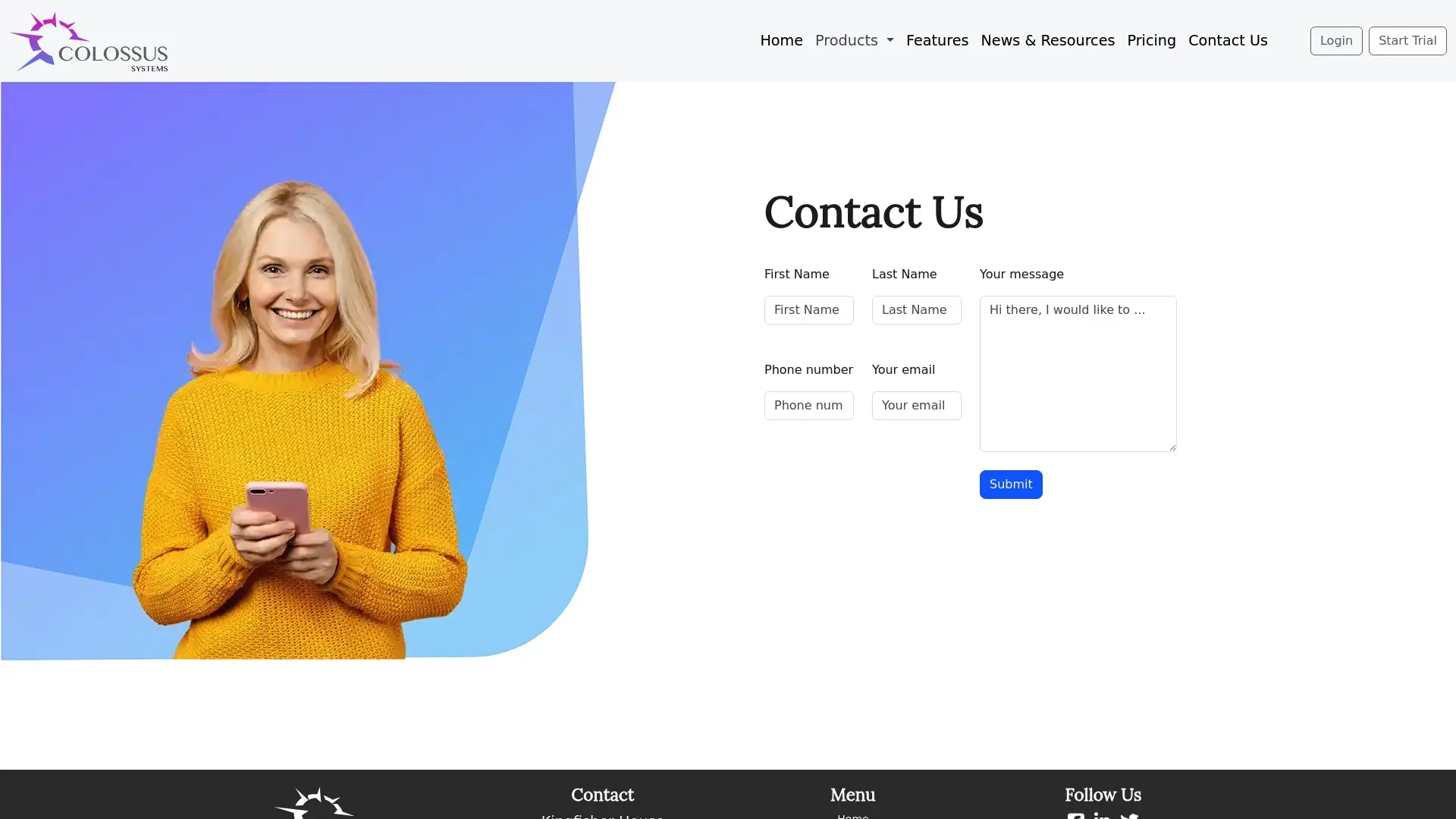Developing Organizational Culture: Complete Guide

More than 90 percent of executives say that culture is crucial to their organizations, yet many struggle to define what it truly means. Organizational culture goes far beyond office decor or mission statements, shaping every conversation, decision, and the success of your team. Understanding the foundations and real impact of culture can help leaders foster a work environment where people are motivated, collaboration thrives, and business goals are achieved.
Table of Contents
- Defining Organizational Culture and Its Importance
- Core Types of Organizational Culture Models
- Key Elements That Shape Culture Development
- Practical Strategies to Cultivate Positive Culture
- Common Culture Development Challenges and Solutions
Key Takeaways
| Point | Details |
|---|---|
| Organizational Culture is Crucial | It shapes employee interactions and decision-making, significantly influencing business performance and effectiveness. |
| Key Components Matter | Elements such as shared values, communication protocols, and mutual respect are essential for a robust organizational culture. |
| Model Selection is Vital | The type of culture model adopted, like Hierarchy or Clan, should align with strategic objectives to enhance operations. |
| Addressing Challenges Proactively | Overcoming resistance to change and communication barriers is essential for successful cultural transformation and alignment with organizational goals. |
Defining Organizational Culture and Its Importance
Organizational culture represents the intricate web of shared beliefs, values, and behavioural expectations that define how members of an organization interact and operate. According to pubmed.ncbi, this cultural framework consists of “common norms, values, and perspectives among individuals within a group” that collectively shape an organization’s identity and operational dynamics.
At its core, organizational culture functions like an invisible blueprint guiding employee interactions, decision-making processes, and strategic approaches. As research from journalofbusiness highlights, it is increasingly recognized as a valuable company asset that significantly influences business performance. The culture determines how team members communicate, solve problems, and ultimately contribute to organizational goals.
Key components of a robust organizational culture include:
- Shared value systems
- Consistent communication protocols
- Mutual respect and collaboration
- Clear performance expectations
- Alignment with strategic objectives
Understanding and intentionally developing organizational culture is not merely an academic exercise but a strategic imperative. It directly impacts employee engagement, productivity, talent retention, and overall organizational effectiveness.
 By recognizing culture as a dynamic, living system rather than a static concept, leadership can nurture an environment that empowers individuals and drives collective success.
By recognizing culture as a dynamic, living system rather than a static concept, leadership can nurture an environment that empowers individuals and drives collective success.
Core Types of Organizational Culture Models
Organizational culture models provide critical frameworks for understanding how different organizations structure their internal environments and operational philosophies. According to imd.org, these models help explain the complex sense-making processes and social control systems that define an organization’s unique characteristics.
Research from granthaalayahpublication.org identifies several primary organizational culture models that organizations typically adopt:
- Hierarchy Culture: Structured, formal environment with clear chains of command
- Market Culture: Highly competitive, results-driven approach focusing on external achievements
- Clan Culture: Collaborative, family-like environment emphasizing teamwork and mutual support
- Adhocracy Culture: Innovative, flexible model promoting creativity and entrepreneurial spirit
Each model represents a unique approach to managing human interactions, communication strategies, and organizational goals. The selection of a specific culture model depends on factors like industry type, organizational size, leadership philosophy, and strategic objectives. Understanding these models allows leadership to intentionally shape their organizational environment, aligning cultural dynamics with broader business strategies and performance expectations.
Here’s a comparison of core organisational culture models and their defining characteristics:
![]()
| Culture Model | Key Characteristics | Typical Focus |
|---|---|---|
| Hierarchy Culture | Formal structure Clear chains of command |
Efficiency Stability |
| Market Culture | Competitive Results-driven |
Achievement Targets |
| Clan Culture | Collaborative Family-like environment |
Teamwork Loyalty |
| Adhocracy Culture | Innovative Flexible Entrepreneurial spirit |
Creativity Agility |
Key Elements That Shape Culture Development
Organizational culture development is a complex process involving multiple interconnected elements that collectively define an institution’s behavioral landscape. According to research from aasrc.org, these elements encompass the values, beliefs, and behaviors that create a reference framework guiding daily interactions and organizational dynamics.
Research from so03.tci-thaijo.org identifies four critical dimensions that fundamentally shape organizational culture:
- Involvement: Encouraging active participation and employee engagement
- Consistency: Maintaining stable communication and behavioral standards
- Adaptability: Creating flexible systems that respond to changing environments
- Mission: Aligning organizational activities with overarching strategic objectives
These elements are not standalone concepts but deeply interconnected components that mutually reinforce one another. Successful culture development requires leadership to intentionally cultivate these dimensions, creating an environment that balances structure with innovation, individual creativity with collective goals. By understanding and strategically implementing these key elements, organizations can create a robust cultural framework that drives performance, enhances employee satisfaction, and supports long-term strategic success. Understanding Leadership Development Strategies provides additional insights into how leadership plays a crucial role in this intricate process.
Practical Strategies to Cultivate Positive Culture
Cultivating a positive organizational culture requires deliberate and strategic approaches that go beyond surface-level interventions. According to phicus.org, successful culture development hinges on leadership commitment and creating environments that actively reinforce desired organizational values and behaviors.
Research from library.educause.edu recommends several practical strategies for nurturing a constructive workplace environment:
- Transparent Communication: Establish clear, open channels for dialogue and feedback
- Values Alignment: Consistently demonstrate and reward behaviors that reflect core organizational values
- Continuous Learning: Create opportunities for professional development and skill enhancement
- Recognition Programs: Implement meaningful systems that acknowledge individual and team achievements
- Inclusive Decision-Making: Encourage participation and diverse perspectives across hierarchical levels
These strategies are most effective when integrated holistically, creating a comprehensive approach to culture development. Leadership must model desired behaviors, create supportive structures, and consistently reinforce the organization’s mission. By understanding and building resilience in teams, organizations can develop adaptive, engaged cultures that drive performance and employee satisfaction.
Common Culture Development Challenges and Solutions
Developing a robust organizational culture is rarely a straightforward process, with numerous potential obstacles that can derail cultural transformation efforts. According to research from files.eric.ed.gov, one of the most significant challenges is resistance to change and the persistent misalignment between organizational values and actual employee behaviors.
Research from files.eric.ed.gov identifies several critical challenges and corresponding strategic solutions:
- Resistance Challenge: Employees hesitant to adopt new cultural norms Solution: Transparent communication and active leadership engagement
- Structural Misalignment: Organizational systems that contradict desired culture Solution: Redesign processes to support cultural objectives
- Goal Inconsistency: Misalignment between stated values and performance metrics Solution: Revise evaluation and reward systems to reflect cultural priorities
- Communication Barriers: Lack of open dialogue and feedback mechanisms Solution: Establish multiple communication channels and encourage transparent interactions
Overcoming these challenges requires a holistic, patient approach. Leadership must consistently demonstrate commitment, create safe spaces for dialogue, and understand diversity and inclusion strategies that support meaningful cultural transformation. The most successful organizations recognize that culture development is an ongoing journey of continuous learning, adaptation, and collective commitment.
Transform Your Organizational Culture into a Growth Engine
Building a positive and aligned organizational culture can feel like navigating a complex maze filled with resistance and communication barriers. If your goal is to develop strong employee involvement, consistent behaviours, and clear mission alignment as explored in the article, you know how crucial it is to have tools that support engagement at every level. Challenges such as resistance to change and misaligned goals often slow progress but can be overcome with the right support system.

At Colossus Systems we empower membership organisations to cultivate vibrant cultures by streamlining your member management, event hosting, and communication channels all within one highly customisable platform. Our solutions help you foster transparent communication and enhance participation through targeted marketing and seamless virtual trainings. Take control of your culture development journey today with our unified tools designed specifically for organisations striving to unlock collective potential. Discover how you can start accelerating organisational growth now by reaching out via our contact page. For insight into nurturing strong leadership use our resource on leadership development strategies and strengthen your team with guidance from building resilience in teams. Begin shaping the culture your organisation deserves and connect with us today.
Frequently Asked Questions
What is organizational culture?
Organizational culture represents the shared beliefs, values, and behavioral expectations that shape how members of an organization interact and operate, guiding decision-making and employee interactions.
Why is organizational culture important for a business?
Organizational culture is vital because it influences employee engagement, productivity, talent retention, and overall effectiveness, serving as a blueprint for achieving organizational goals.
What are some common types of organizational culture models?
Common types of organizational culture models include Hierarchy Culture (structured environment), Market Culture (competitive focus), Clan Culture (collaborative setting), and Adhocracy Culture (innovative atmosphere).
How can organizations cultivate a positive culture?
Organizations can cultivate a positive culture by promoting transparent communication, aligning values with behaviors, offering continuous learning opportunities, recognizing achievements, and encouraging inclusive decision-making.
Recommended
- Understanding Leadership Development Strategies | Colossus Systems
- Understanding Diversity and Inclusion Strategies Effectively|CS
- Understanding Leadership Development Programs in Detail|CS
- 10 Best Books for Nonprofit Leaders to Thrive | Colossus Systems
- Beneficios de la cultura organizacional: Entendiendo su impacto | Itcons.app
- INUSUAL | Rol Del Líder en la Cultura Organizacional: Guía Total